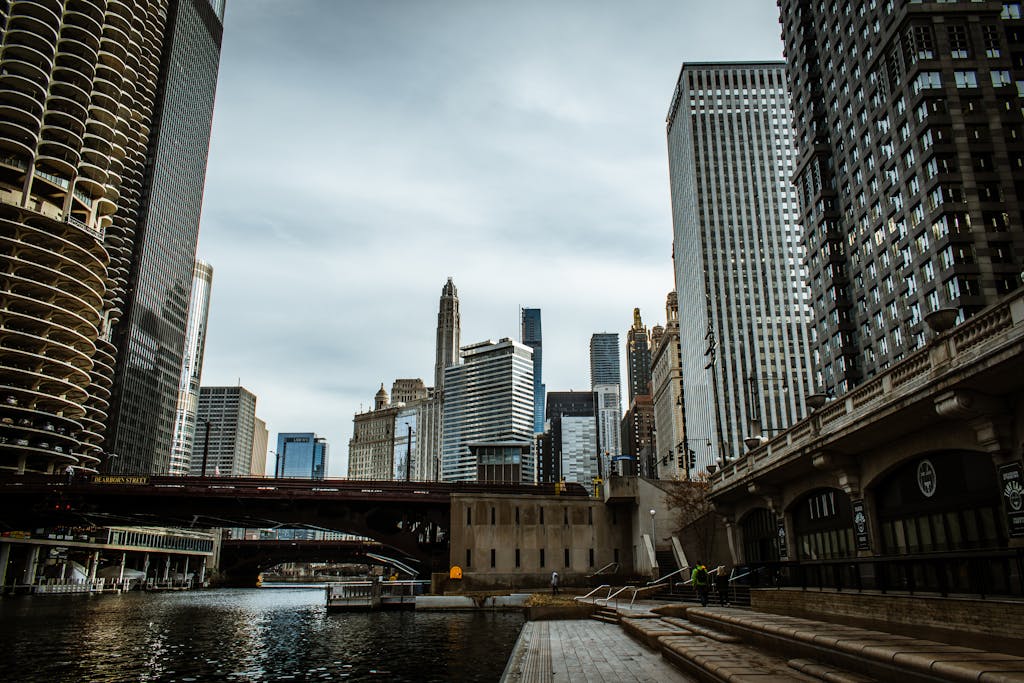Iconic Places to Experience in Chicago Throughout The Decades
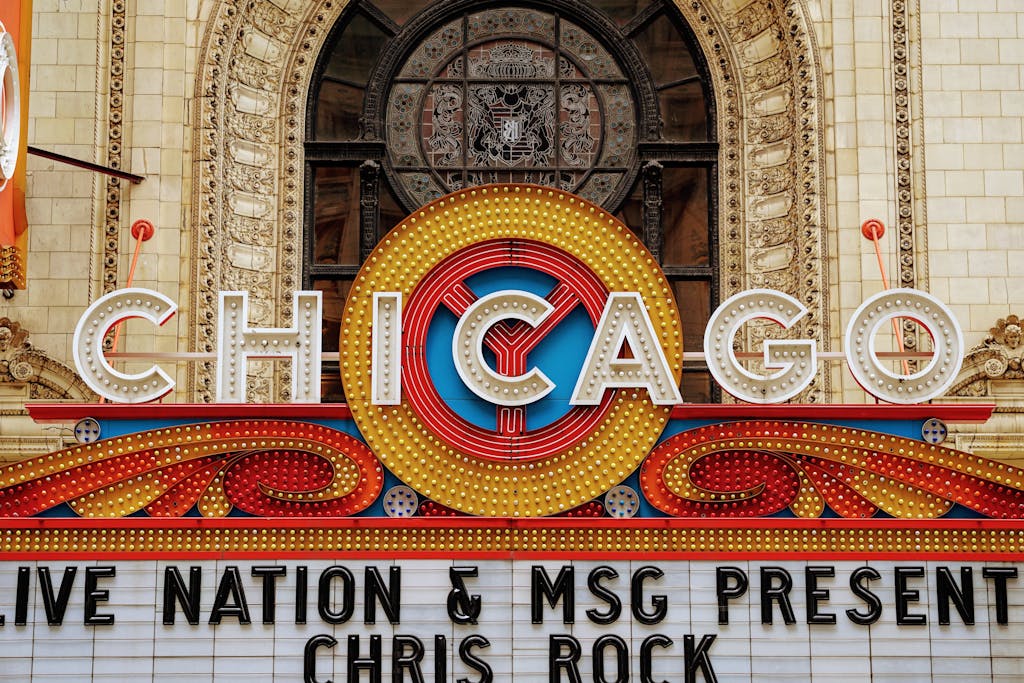
Chicago, known as the Windy City, was a cultural and architectural hub from the 1960s through the 1990s. With its iconic skyline, rich history, and vibrant neighborhoods, the city offered visitors and residents a mix of world-class attractions and local charm. Let’s take a nostalgic journey through 20 must-see destinations that defined Chicago during this dynamic era.
1. The Sears Tower (Now Willis Tower)
When it was completed in 1973, the Sears Tower was the tallest building in the world. Its Skydeck offered breathtaking views of the city and Lake Michigan, making it a must-see for visitors and a symbol of Chicago’s architectural prowess.
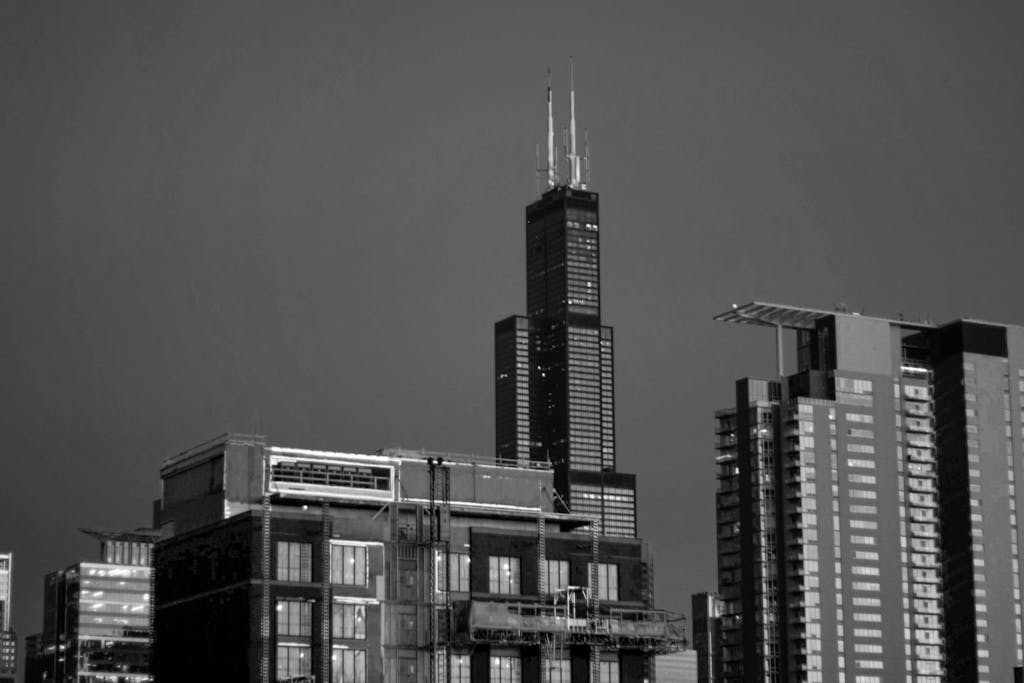
2. The Museum of Science and Industry
One of the city’s most beloved museums, the Museum of Science and Industry captivated visitors with interactive exhibits like the U-505 submarine and the Coal Mine. Its unique hands-on approach made it a family favorite for decades.

3. Wrigley Field
Home to the Chicago Cubs, Wrigley Field became synonymous with summer afternoons in the city. From its ivy-covered walls to the enthusiastic fans in the bleachers, this iconic ballpark captured the heart of Chicagoans.
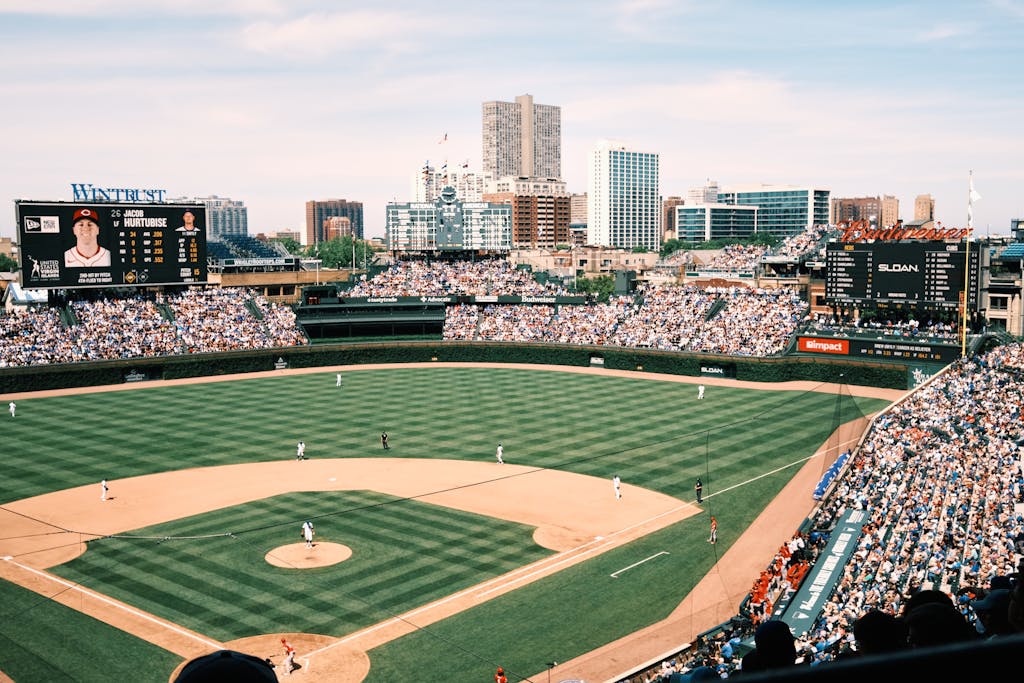
4. Chicago’s Blues Clubs
During the 60s, 70s, and 80s, Chicago’s blues scene flourished, with clubs like Kingston Mines and Buddy Guy’s Legends becoming hotspots for live music. Legends like Muddy Waters and Howlin’ Wolf helped define the city’s vibrant music culture.

5. Navy Pier
Before its revitalization in the 90s, Navy Pier served as a quiet place for locals to stroll along Lake Michigan. In the mid-90s, it was transformed into a bustling destination with attractions like the Ferris wheel and the Chicago Children’s Museum.
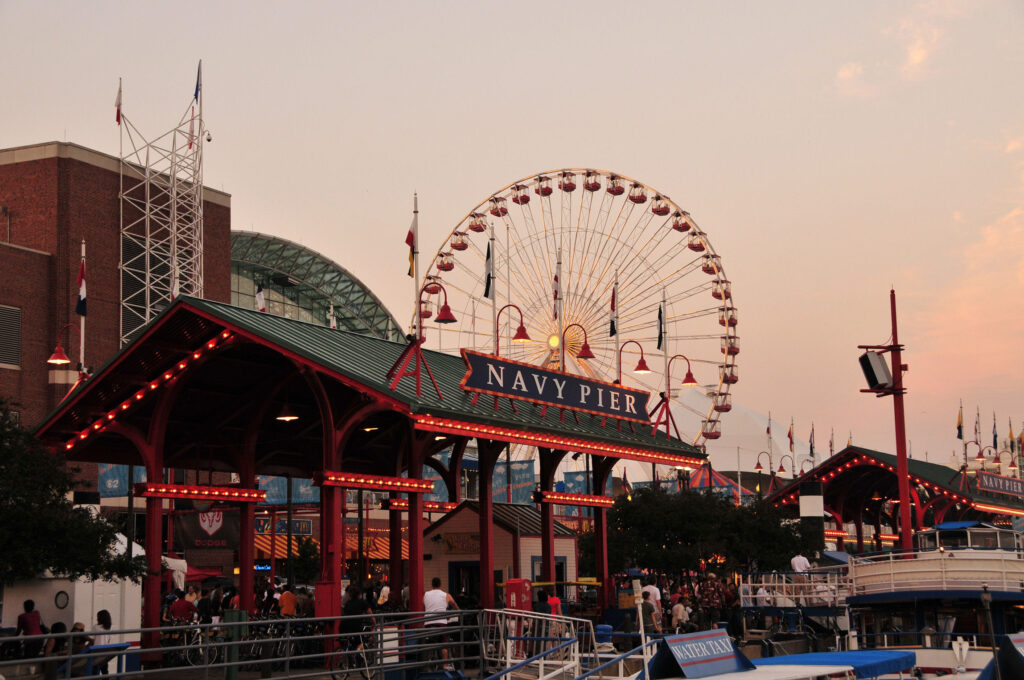
6. The Art Institute of Chicago
Housing masterpieces like Grant Wood’s American Gothic and Georges Seurat’s A Sunday on La Grande Jatte, the Art Institute of Chicago was a cultural cornerstone. Its iconic lion statues became a symbol of the city’s art and history.
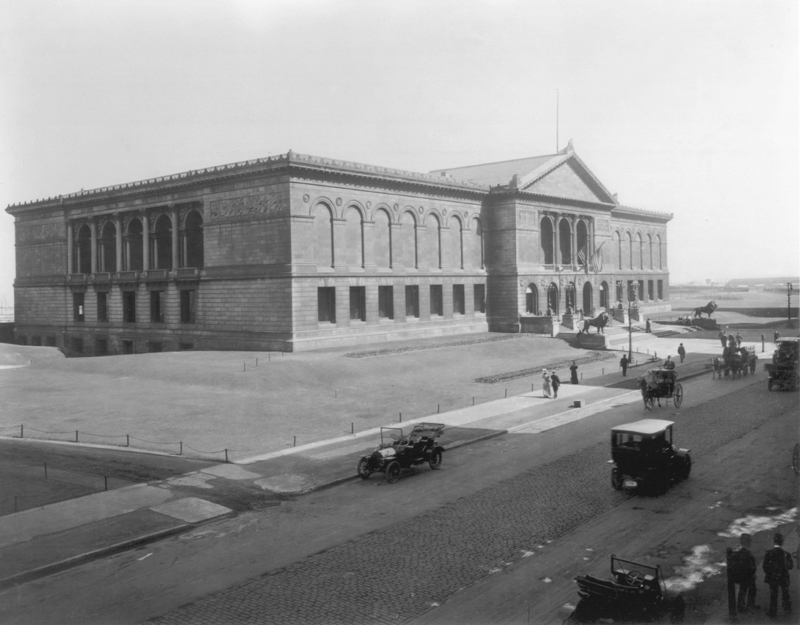
7. Lincoln Park Zoo
One of the oldest zoos in the country, Lincoln Park Zoo offered free admission and a chance for families to connect with wildlife. In the 70s and 80s, it became a go-to spot for educational outings and leisurely afternoons.
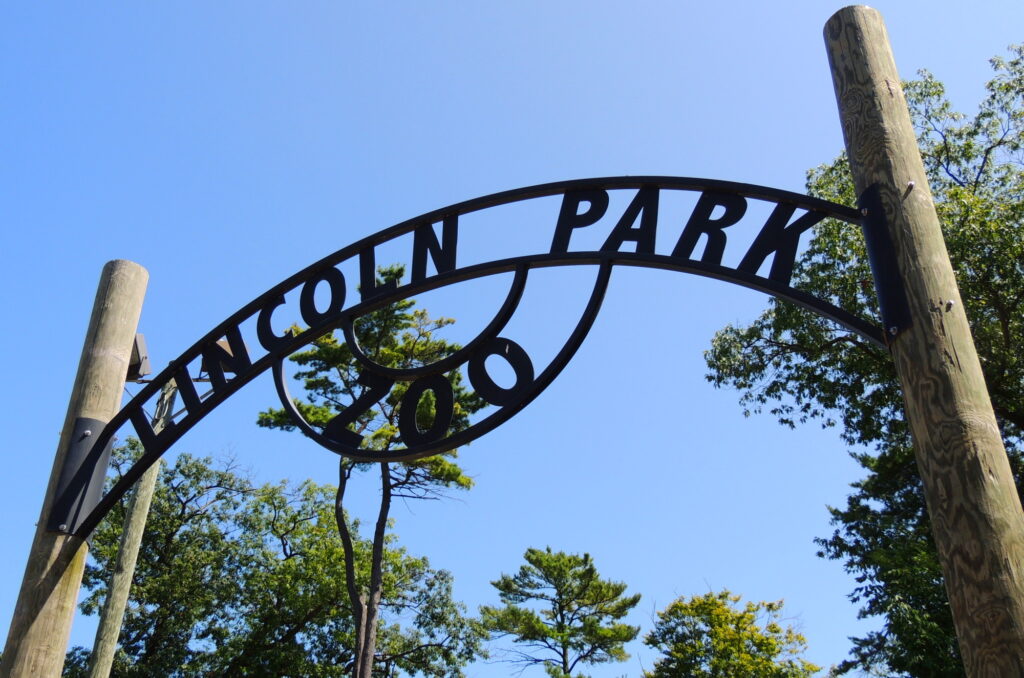
8. The John Hancock Center
Completed in 1969, the John Hancock Center was another towering feat of engineering. Visitors loved dining at the 95th-floor Signature Room while enjoying panoramic views of the city and Lake Michigan.

9. Maxwell Street Market
Known as the birthplace of Chicago’s blues, Maxwell Street Market was also a bustling outdoor market where visitors could find everything from street food to unique trinkets. It was a melting pot of culture and commerce.
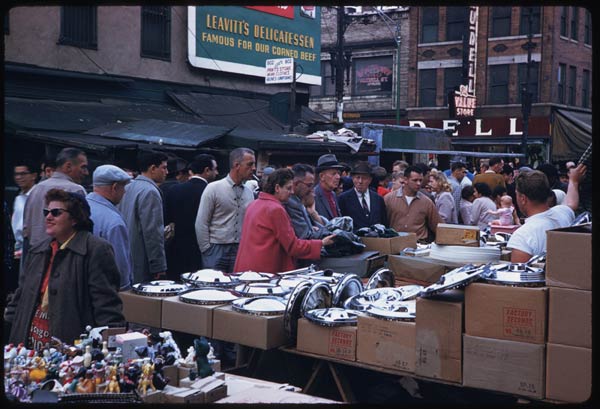
10. Oak Street Beach
This urban beach provided Chicagoans a summer escape without leaving the city. Whether sunbathing, swimming, or playing volleyball, Oak Street Beach was a favorite hangout during the warmer months.
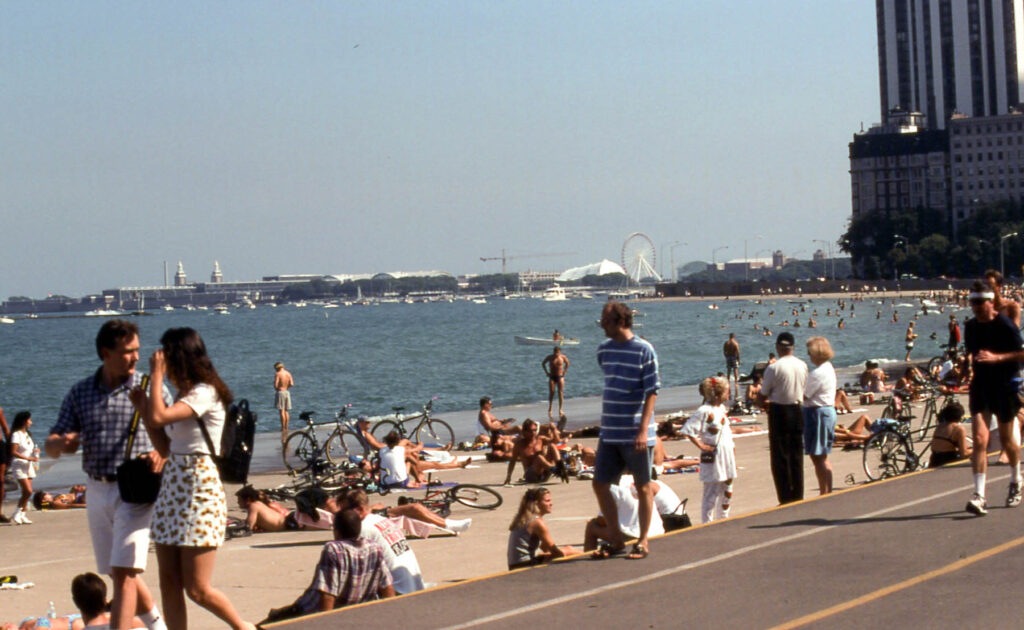
11. Second City Comedy Club
The Second City comedy club launched the careers of comedic legends like John Belushi, Bill Murray, and Gilda Radner. By the 70s and 80s, it was the epicenter of Chicago’s comedy scene and a must-visit for entertainment.
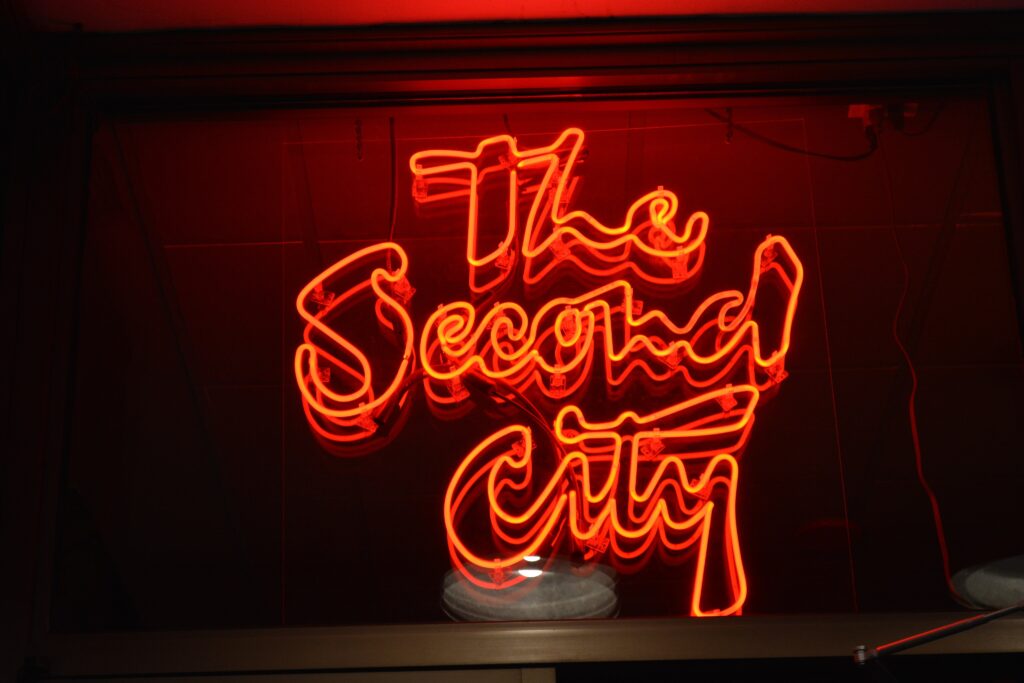
12. Chicago’s Elevated Trains (The “L”)
Riding the iconic “L” trains wasn’t just transportation—it was an experience. The Loop’s elevated tracks provided a unique perspective of downtown Chicago and became an enduring symbol of the city.
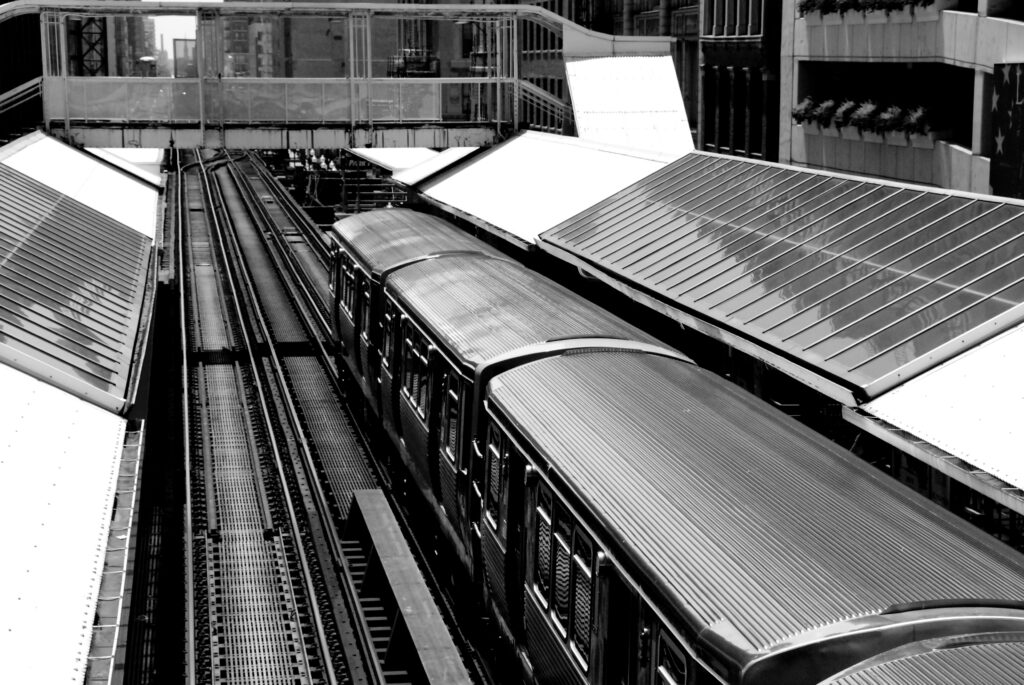
13. Marshall Field’s Department Store
The flagship Marshall Field’s on State Street was more than just a department store—it was a Chicago institution. During the holidays, its elaborate window displays and the Walnut Room’s Great Tree drew crowds from near and far.
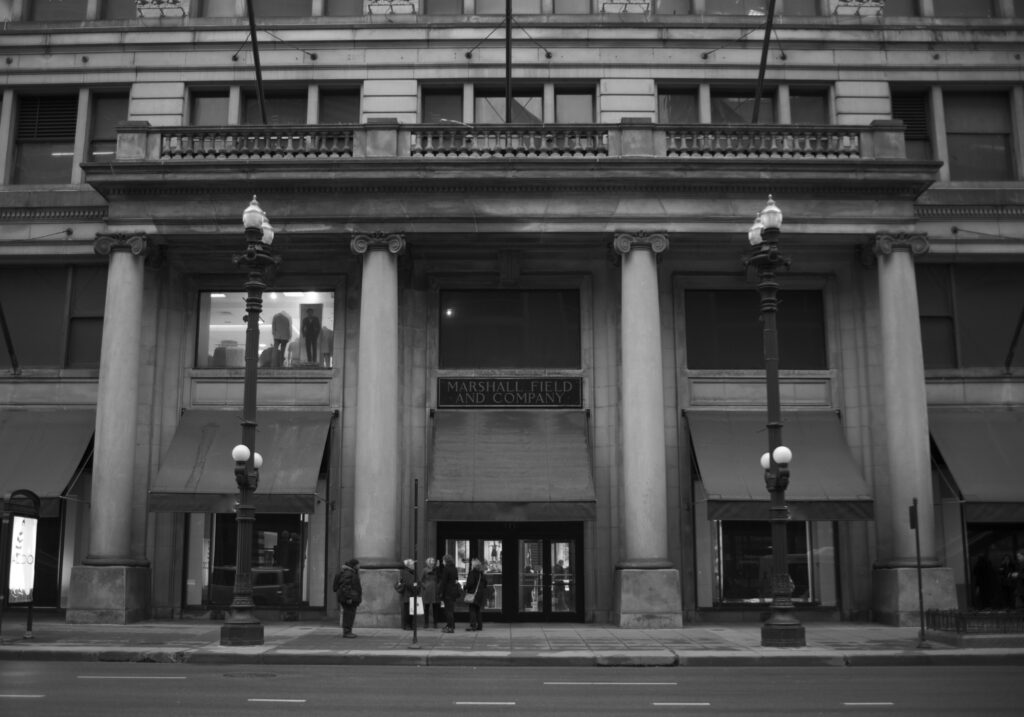
14. The Chicago Theatre
With its iconic marquee, the Chicago Theatre hosted live performances, concerts, and film screenings throughout the decades. It symbolized the city’s vibrant performing arts scene.
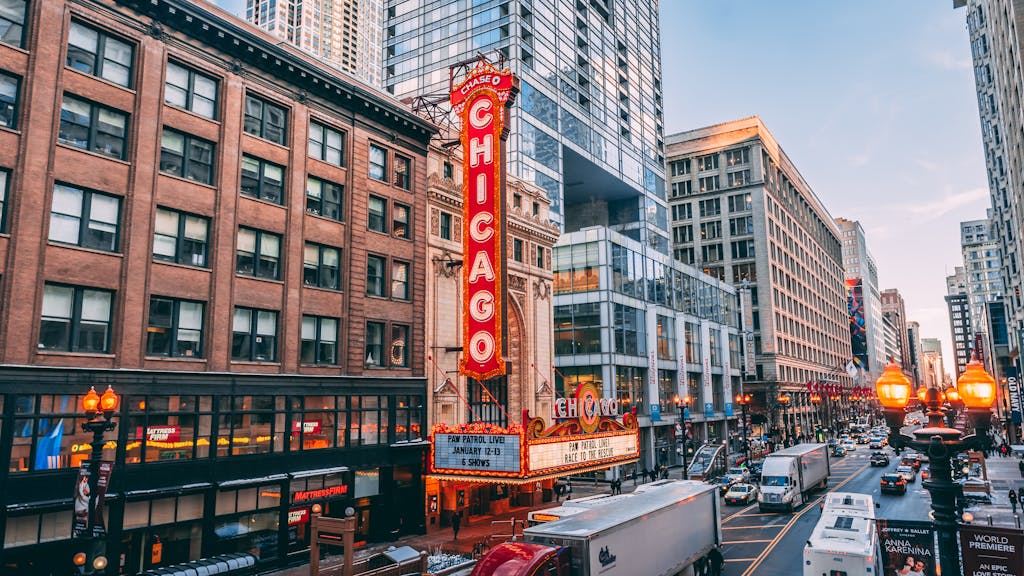
15. The Adler Planetarium
As one of the country’s leading planetariums, the Adler attracted stargazers and science enthusiasts. Its exhibits and sky shows gave visitors a glimpse into the wonders of the universe.
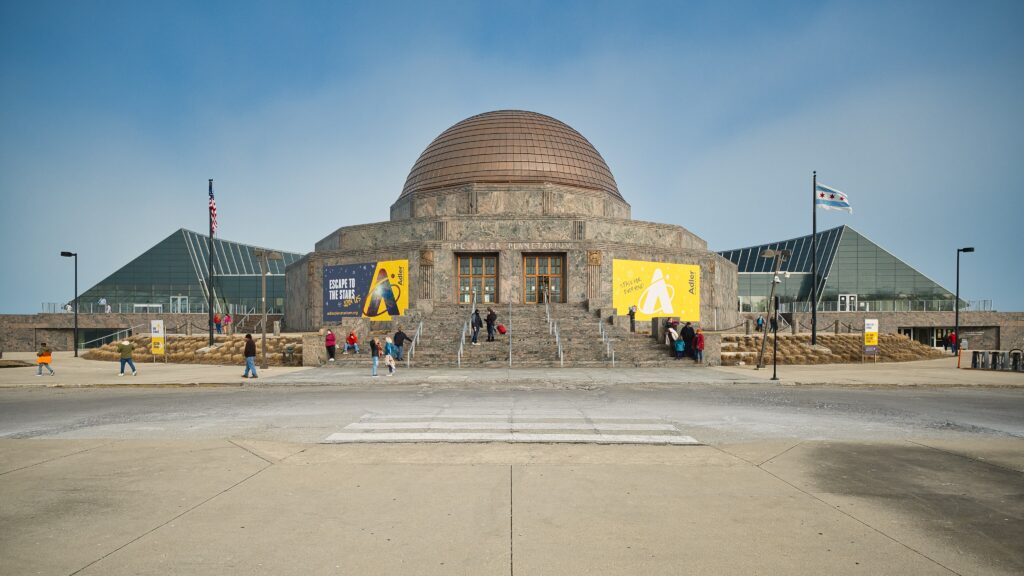
16. Soldier Field
Home to the Chicago Bears and other major events, Soldier Field was a gathering place for sports fans and concert-goers. Its historic architecture and prime location along the lakefront made it an iconic venue.
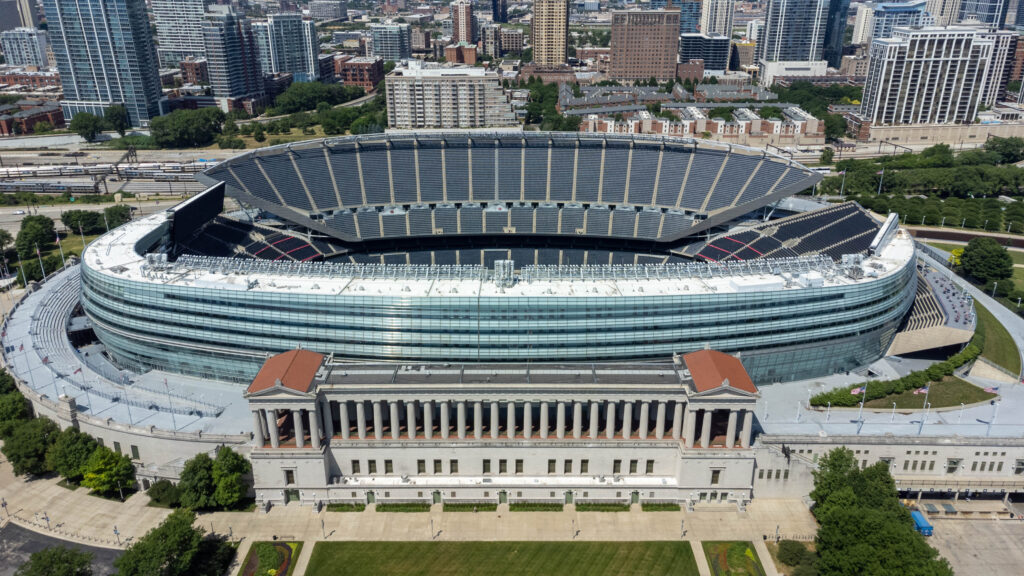
17. Buckingham Fountain
Installed in 1927, this Art Deco masterpiece continued to dazzle visitors with its hourly water displays. By the 80s, it became a pop culture icon, thanks to its appearance in the opening credits of Married… with Children.
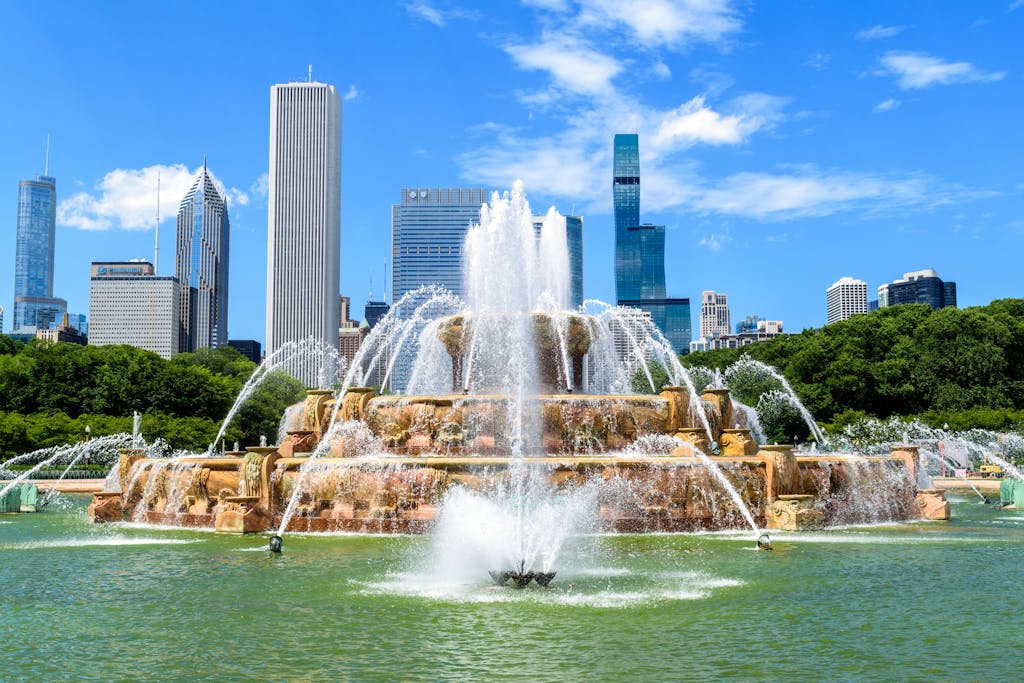
18. Chicago Riverwalk
Though not as developed as it is today, the Chicago Riverwalk was still a popular spot for scenic strolls and boat tours. In the 90s, it began evolving into a major attraction, offering unique views of the city’s architecture.
